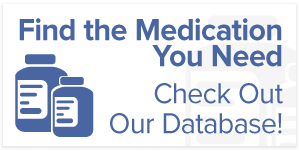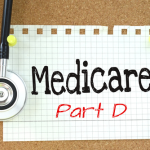Insurance Gaps and Healthcare Costs: Strategies for Financial Protection
Healthcare costs are on the rise, and even with insurance coverage, individuals often find themselves facing financial burdens due to insurance gaps. These gaps can be a significant source of stress and financial strain. Here, we will discuss the challenges posed by insurance gaps and provide strategies for financial protection, ensuring that individuals can navigate the complex world of healthcare costs with confidence.
Understanding Insurance Gaps
Insurance gaps occur when there is a difference between the coverage provided by an individual’s health insurance policy and the actual cost of medical care. These gaps can arise due to various reasons, including deductibles, copayments, out-of-network providers, and services not covered by the insurance plan. When faced with a medical bill that surpasses their coverage, individuals may experience financial hardship.
Strategies for Financial Protection
1. Review Your Insurance Policy
One of the first strategies for financial protection is to thoroughly understand your health insurance policy. Review the terms and conditions, coverage limits, and any potential gaps in coverage. Pay close attention to in-network and out-of-network providers, as costs can vary significantly.
2. Build an Emergency Fund
Having an emergency fund can be a lifesaver in times of unexpected medical expenses. Set aside a portion of your income each month to build a financial safety net. This fund can help cover deductibles, copayments, or any out-of-pocket expenses that your insurance won’t cover.
3. Consider Supplementary Insurance
Supplementary insurance, like critical illness or accident insurance, can fill the gaps in your primary health insurance policy. While this comes at an additional cost, it can provide added financial protection when you need it most.
4. Negotiate Medical Bills
If you find yourself facing high medical bills, don’t hesitate to negotiate with healthcare providers or hospitals. Many providers are willing to work out payment plans or offer discounts to help patients manage their expenses.
5. Seek Preventive Care
Preventive careis a simple way to avoid costly medical treatments down the road. Regular check-ins with your doctor and screenings can help detect health issues early on, before they have progressed to severe illnesses.
6. Prescription Assistance Programs
Prescription assistance programs are vital resources that provide financial relief to individuals who struggle with the high costs of prescription medications. These programs, often offered by pharmaceutical companies, nonprofit organizations, or government agencies, help eligible individuals access their necessary medications at reduced or even no cost.
7. Explore Telemedicine Options
Telemedicine is becoming increasingly popular and can be a cost-effective alternative to in-person doctor visits. It’s essential to check if your insurance covers telehealth services and take advantage of this option when applicable.
Final Thoughts
Insurance gaps and rising healthcare costs are challenges that many individuals face.However, by taking proactive steps and implementing the above-mentioned strategies for financial protection in account, you can reduce your burden. If you, too, need some assistance in managing your healthcare costs, feel free to reach out to us at Advocate My Meds. With a customer-centric approach at the core, we work to help individuals find prescription assistance programs that best fulfill their needs. We can make it easier for you to obtain medication from manufacturers like GSK, Novo Nordisk, Sanofi, Merck, and Janssen, among others. Contact us today to learn more about our services.







